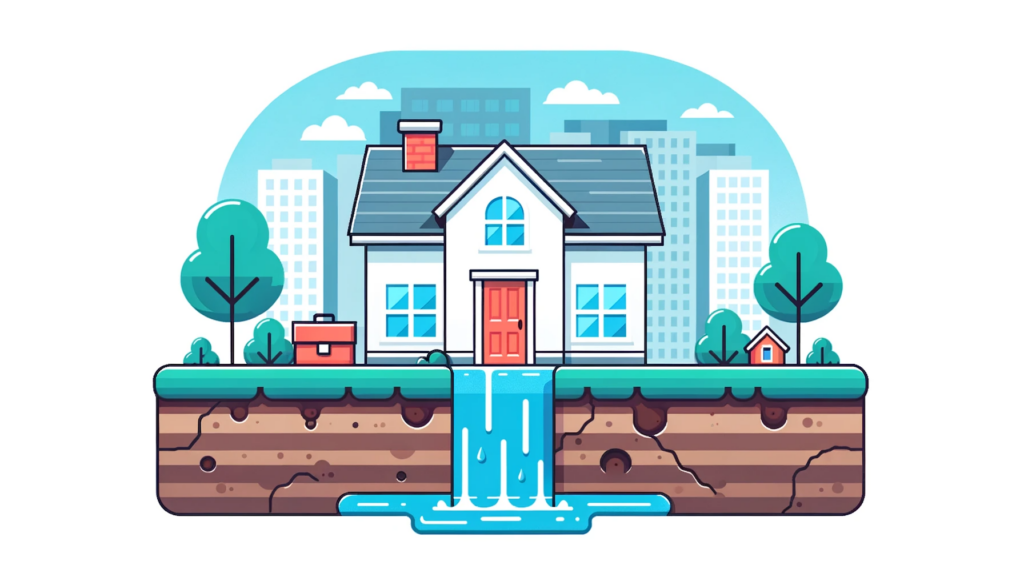
Call Today 09 973 4973 or
Converting Appliances to Gas
Converting appliances to gas is a decision many homeowners consider for its potential to improve energy efficiency, reduce utility costs, and enhance the performance of their heating and cooking systems. This process involves switching from electric or oil-based systems to natural gas, a fuel that is often praised for its cost-effectiveness and lower environmental impact. The conversion process, while beneficial in the long run, requires careful planning, understanding of the local regulations, and professional assistance to ensure safety and compliance.
The first step in converting appliances to gas involves assessing the feasibility and potential benefits of the conversion. This assessment typically includes a comparison of the initial investment against the long-term savings on energy bills, the availability of natural gas in the area, and the specific requirements for the appliances being considered for conversion, such as water heaters, stoves, or heating systems. In regions where natural gas is readily available and supported by a well-developed infrastructure, the conversion can offer significant advantages in terms of both cost and energy efficiency.
Professional consultation is crucial in the planning phase. A qualified gas fitter can provide valuable insights into the specific requirements for gas appliance installation, including the need for gas lines, venting systems, and any modifications that may be necessary to accommodate the new appliances. These professionals are also well-versed in the local building codes and regulations, ensuring that the conversion process adheres to all legal requirements and safety standards.
The actual conversion process involves several key steps, starting with the installation of a gas line to the home, if one does not already exist. This task should always be performed by licensed professionals who can ensure the gas supply is established safely and efficiently. Following this, the specific appliances can be converted or replaced with gas-compatible models. It’s important to note that not all electric appliances can be directly converted to gas; in some cases, a complete replacement may be necessary.
Safety is a paramount concern throughout the conversion process. Gas appliances require proper venting to prevent the buildup of harmful gases, such as carbon monoxide, within the home. Professional installers will ensure that all appliances are fitted with the necessary safety features and that the installation complies with all relevant safety guidelines and standards.
After the conversion, regular maintenance by qualified technicians is essential to ensure the ongoing safety and efficiency of the gas appliances. This includes routine checks for gas leaks, venting inspections, and performance assessments to ensure the appliances operate as intended.
Converting appliances to gas can offer numerous benefits, including improved efficiency and reduced operating costs. However, the process involves significant considerations regarding safety, compliance, and the practicality of conversion for specific appliances. By engaging with professional gas fitters and adhering to local regulations, homeowners can navigate the conversion process successfully, enjoying the benefits of gas appliances with peace of mind regarding their safety and efficiency.
Suppliers




